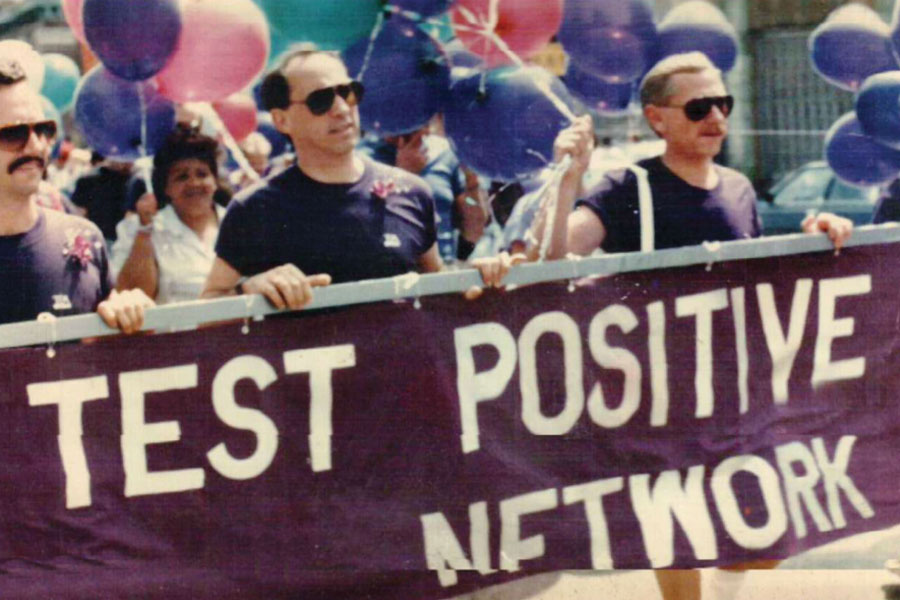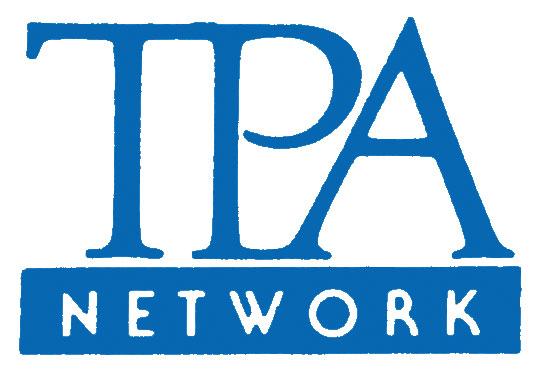

A few months ago, PA’s associate editor Enid Vázquez shared some recollections from her 20-plus years of working at TPAN (TPAN: 30 Years of Empowerment, July+August 2017). “People often say, ‘TPAN saved my life.’ I know that sometimes that is literal, and sometimes that is an emotional response. The emotional perception is just as valid.” We at TPAN are always moved when we hear personal victories that are achieved through our grassroots organization, or these pages of our national magazine. As we celebrate TPAN’s 30th anniversary throughout the year, we’re commemorating three decades with personal stories and remembrances—and invite you to share your own.
TPA exists as it does today, not because of one or two people, but because of all of us working together.
Participation and mutual support were central to Chris’s vision for the early meetings. “I wanted to hear about peoples’ problems and hardships but with the idea that the sharing could lead to an answer or solution; someone else may have successfully handled that problem and could share their experience.”

TPAN was originally know as "TPA Network"
A group of 16 met in Clason’s living room in June of 1987 for the first meeting. They shared news clippings, announcements of drug trials, and personal stories of the emotional and physical hardship of living with the new virus. Together, they found their own answers on how to manage HIV—and more importantly, fostered hope for those living with HIV, and honoring those lost to the epidemic.
There is ROOM here. Room to learn, room to share, room to grow. TPA will grow. I hope that you will be a part of the growing process.
The group grew thanks to Chris and early members’ attention to inclusion. In a newsletter sent four months after the first meeting, Chris wrote, “If there is one thing I have discovered within the circle of familiar and new faces that gather each week…it is that rather than limiting ourselves to the perimeter of the circle, each meeting at TPA [as it was known then] is a further expansion of self, of discovery and of healing. There is ROOM here. Room to learn, room to share, room to grow. TPA will grow. I hope that you will be a part of the growing process.”
Participants found the promised room in early meetings and support from one another. But TPAN is, and has always been, bigger than Chris. “TPA exists as it does today, not because of one or two people, but because of all of us working together,” wrote Chris prior to his death in 1991. Many hands provided comfort for early members—in some instances literally.
Mary Pat Brown, a TPAN volunteer, met Chris when he dropped off TPA resources at her office. She described their meeting as an “immediate connection. His positive spirit was both engaging and unbelievable to me.” Mary Pat began attending meetings and was moved by the resilience of early members. “I cried twice a week at those meetings, I was completely, completely overwhelmed with sadness regarding the inevitable fate of all those present. How could this very large group of men facing the most dismal of health diagnoses be cheerful? So happy, resourceful, laughing? Funny, even?”
Mary Pat, Hannah Hedrick, and Lisa Congelton were fondly known as the “TPA Angels” for their selfless care provided to meeting participants. Hannah, a director of medical education, research, and information at the American Medical Association, shared her time, leading weekly yoga and T’ai Chi classes, and teaching holistic health workshops.
Writing in 1993, Hannah shared that TPA continued its grassroots appeal. “People come to classes at TPA hoping to get help. But what turns out to have the most meaning is giving help.” In addition to alternative therapies, Hannah, Lisa, and Mary Pat would provide massages at each meeting. “It became our trademark,” shared Mary Pat. “I was eager to be a part of something meaningful to support the group. And it stopped my tears—for the most part. But I was still emotional as I felt I was walking on sacred ground, privileged to be among the ever-growing TPA membership. It was all we three could do to be sure all in attendance received a massage.”
These acts of incredible love and perseverance, and the selflessness of TPAN’s founders and volunteers, is what I think of when I hear that “TPAN saved a life.” TPAN was founded by our members, and continues to be sustained by each client taking part in our groups, our readers’ contributions, and our community’s energy and resiliency. Our story is your story.
Go to tpan.com/yourstories to post online, post on social media with #ourstoryisyours, or leave a voice message at (773) 598-9435. We will continue to share your stories through the end of the year. These stories, and many more, will be shared in person at TPAN’s 30th anniversary celebration in September.
All current and former clients, supporters, and health advocates are invited to celebrate 30 years of TPAN on September 28, from 7–10 p.m. at Moonlight Studios in Chicago. Go to tpan.com/tickets to learn more and purchase tickets.

